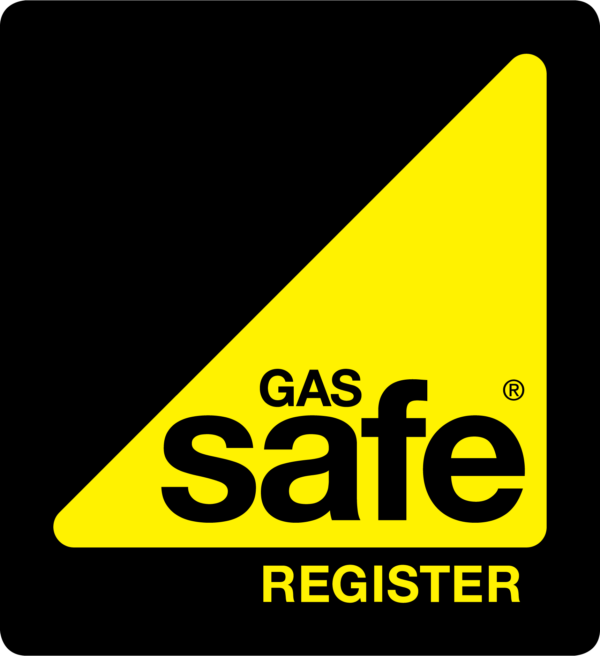One of the most popular Labour policies in the recent election campaign was its pledge to set-up GB Energy and help households save around £300 a year on energy costs by investing in more renewable energy. In most cases this aligns with the quest to install heat pumps in new homes from 2025 onwards, via the Future Homes Standard, but the success of this is dependent on homes having good thermal efficiency. Building more efficient homes is impacted by what is called an ‘insulation crisis’, and the UK’s housing stock is currently considered to be the least efficient in Europe.
A huge amount of energy is lost in homes with poor or no insulation, and the effectiveness of heat pumps is largely based on a home being fully insulated and hence having good thermal efficiency. With Labour having pledged to upgrade up to five million homes with better insulation, in order to meet its commitments, not least the Government’s carbon reduction targets, this means insulation is under increased scrutiny for cost-effectiveness and thermal effectiveness. So here we have offered a quick rundown of the most popular types.
Different forms of insulation
Before we look at the different types of insulation, we should perhaps look at what form it comes in. This affects how it is supplied and installed, as well as how much it costs. Insulation usually comes in:
- Blankets – Rolls which are sometimes foil-backed and come in different widths and thicknesses. Sections can be cut to size to suit the area being worked on. These are usually used in wall and floor sections.
- Sheets – Rigid sections of insulation, often foam or polystyrene, which can be stuck in wall sections or the sloping side of a loft roof. Sometimes more expensive but have a high thermal resistance, known as an R-value.
- Loose-fill – As the name suggests, these are loose pieces of insulation which can be blown into hard-to-reach areas, such as cavity walls. This type of insulation can form in any space, and is cost-effective as there is little waste.
Types of insulation
The type of property you have may lend itself to a certain form of insulation, although, as described above, this differs according to the area you are looking to insulate. But now we are looking at the types of insulating materials you can choose:
- Fibreglass – This is made from tiny fibres of glass, and commonly comes in blanket/roll form, although it can also be loose-fill. Hence, fibreglass insulation is used under floorboards and in ducts. You can get medium and high-density fibreglass insulation, which have different thermal properties and which can be used according to the age of the home, for example. Therefore, an older property with poor thermal insulation would benefit more from high-density fibreglass.
- Mineral wool – Like fibreglass, mineral wool comes in rolls and therefore is easy to work with and to fit in tight spaces, often in the gap of a stud wall. There are two types of mineral wool; rockwool which is made from natural minerals such as basalt or diabase, or slag wool which is made from blast furnace slag. Both are man-made materials and can be around 75% recycled material.
- Cellulose – There are many types of cellulose insulation, using materials such as cotton, sheep’s wool, straw and hemp, but the most popular is recycled paper. This is usually around 82% recycled, with mineral borate added to ensure fire and insect resistance also. Cellulose insulation is used in new and existing homes, and where it is loose-fill, can have a small amount of moisture added to make it adhere to the cavity wall.
- Polystyrene – This is known as thermoplastic foamboard or beadboard insulation, and hence is usually foil-backed sheets used in wall and ceiling voids. They can come in varying densities which affect the R-value, but as they come as single boards, can cover a large area quickly, so are very thermally efficient and easy to work with.
- Multi-foil – Usually polyethylene, these come in the form of sheets with multiple foil layers, and are good with small spaces as the sheets can compact easily without losing thermal value, unlike more rigid foam sheets, for example. The foil also acts to control vapour spread and because they are lightweight and easy to fix, are adaptable to many different spaces, but particularly stud walls and narrower cavity walls.
Talk to Go Greener Energy Services about your insulation needs
If you are worried about the thermal properties of your home and how effective it would be if you install a heat pump, then Go Greener Energy Services can carry out a survey of your home to measure this and make recommendations. We can also advise on the right type of insulation for your home and about grants and incentives which can help with an insulation upgrade cost. Whatever your insulation needs, you can speak to us today.
